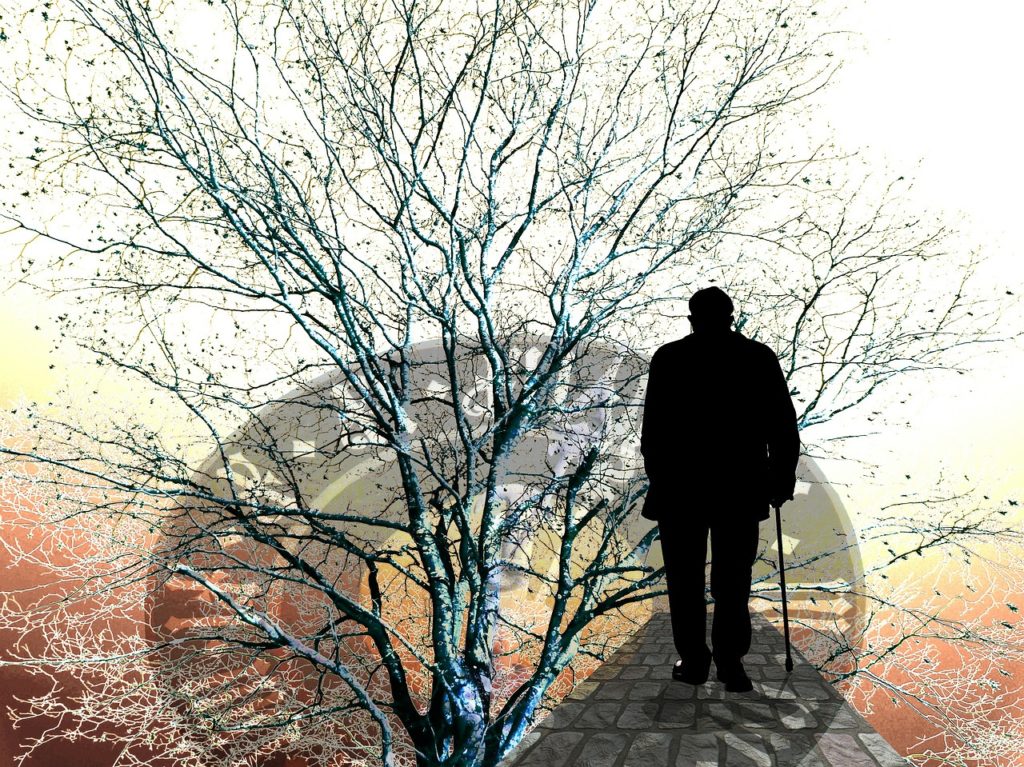Demographic disparities in end-of-life care and hospice utilization have been a persistent problem in the field for decades, but new research reveals disparities in quality of care for minority patients as well, particularly when it comes to a lack of hospice referrals, late hospice referrals, or a lack of advanced care plans or palliative care.
A recent study presented at the American Society for Clinical Oncologist conference in Chicago found systematic differences in performance on end-of-life quality measures at cancer centers in the United States, with the poorest results coming from centers that serve higher concentrations of minority patients—greater than 30% of their patient population. The researchers definition of “minorities” included African Americans, Hispanics, Asians and other patients of color.
The study examined the medical records of 10,006 Medicare beneficiaries with poor-prognosis cancers between April 1 and Dec. 31, 2016 who received treatment at a National Cancer Institute and/or National Comprehensive Cancer-affiliated cancer center. Based on the measures applied in the study, quality declined as the concentration of minority patients rose.
“What the research shows is the kind of higher intensity of end of life care is associated with worse quality, so a higher percent of chemotherapy, emergency department visits, intensive care unit admissions and life sustaining treatments equals worse quality, as well as higher percent of no hospice referral or late hospice referral,” Garrett Wasp, M.D., co-author of the study and instructor at Dartmouth University’s Geisel School of Medicine, told Hospice News. “Predominantly minority-serving hospitals tend to be associated with lower quality and higher intensity treatment. Targeting minority service hospitals for performance improvement would therefore reduce disparities.”
Researchers collected data on several quality measures: Chemotherapy, emergency department (ED) use, and intensive care unit (ICU) admission at the end of life; and use of hospice, life-sustaining treatment, palliative care and advance care planning.
The researchers have submitted the paper to a scientific journal for publication where it is currently undergoing peer review.
Nearly 87% of Medicare decedents in 2016 were caucasian, according to the National Hospice & Palliative Care Organization (NHPCO). Comparatively, slightly more than 8% were African-American; 2.1% were Hispanic, and 1.2% were Asian. That year, only 0.2% of Medicare decedents were Native American.
“The business challenge of hospice care is to transform care and services to meet a more dynamic mix of people of various races, cultures and backgrounds. Improved and equitable business practices are needed to meet the needs of all hospice consumers and employees,” an NHPCO diversity report said. “As hospices strive toward access for all, the business base of your organization will become more diverse. New populations will gain knowledge of your services. Your leaders will need increasing business expertise to meet new population and market challenges.”
Minorities have seen the largest percentage gains in purchasing power since 2000, according to the Selig Center for Economic Growth at the University of Georgia. The combined buying power of African Americans, Asian Americans and Native Americans reached an estimated $2.4 trillion in 2018, while spending power among Hispanics in the United States hit $1.5 trillion.



